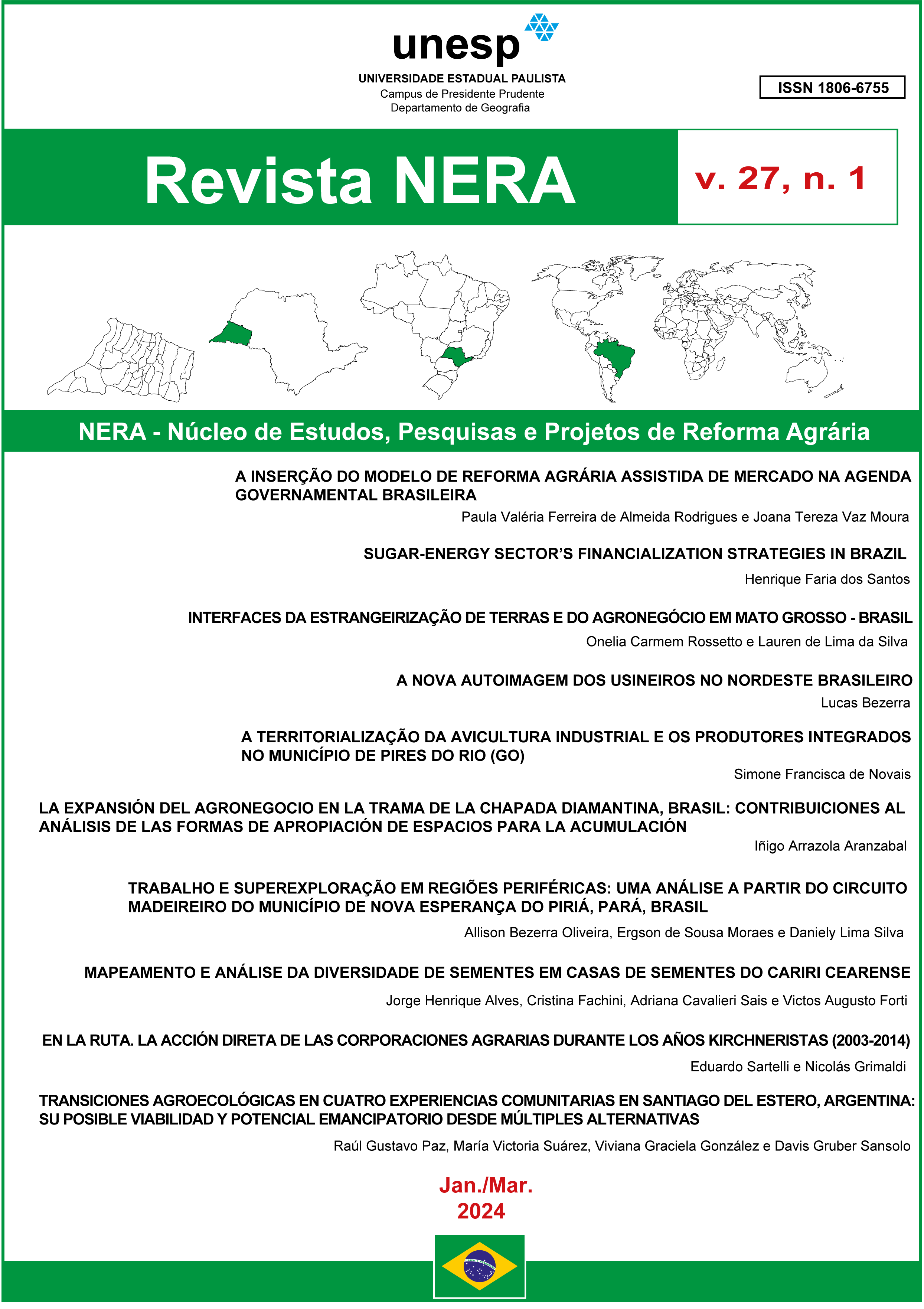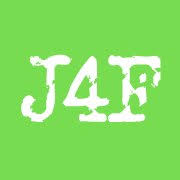The diffusion of the Assisted Market Agrarian Reform (RAAM) and its integration into the brazilian agrarian agenda
DOI:
https://doi.org/10.47946/rnera.v27i1.9952Keywords:
Market agrarian reform, agrarian reform, land concentrationAbstract
The Assisted Market Agrarian Reform (RAAM) was established in Brazil in 1997 by the government of Fernando Henrique Cardoso in partnership with the World Bank. Its main objective was to reduce conflicts and alleviate rural poverty. The Northeast region was chosen for the initial implementation of the policy due to its higher concentration of poverty. Therefore, this article aims to understand how this model emerged in the Brazilian agrarian agenda and to raise the inherent questions regarding its adoption process. A qualitative approach was employed, utilizing document analysis and theoretical grounding in the Policy Diffusion Theory. The results indicate that the RAAM was integrated into the agrarian agenda during the first term of Fernando Henrique Cardoso's presidency (1995-1998), within a context of global neoliberal prescriptions for developing countries. It was adopted during a period of intense conflicts and rural occupations, and the model was implemented to undermine the activities of social movements fighting for land and neutralize social pressure.
Downloads
Downloads
Published
How to Cite
Issue
Section
License
Copyright (c) 2023 REVISTA NERA

This work is licensed under a Creative Commons Attribution 4.0 International License.
Os artigos publicados na Revista NERA devem seguir, obrigatoriamente, as diretrizes sobre ética e integridade na prática científica do Conselho Nacional de Desenvolvimento Científico e Tecnológico (CNPQ), disponíveis em seu sitio na internet (http://memoria.cnpq.br/normas/lei_po_085_11.htm). Em caso de infração às referidas diretrizes por qualquer texto publicado, o artigo será formalmente retirado de publicação, conforme a prática da comunidade científica internacional. A submissão de qualquer texto à Revista NERA implica na aceitação plena deste procedimento. As ideias e conceitos emitidos nos artigos são de inteira responsabilidade dos autores. Reforçamos que após a publicação do artigo o mesmo não será despublicado caso haja solicitação por parte dos(as) autores(as).
Lembramos que todos os manuscritos submetidos à Revista NERA são vereficados no software de similaridade "iThenticate". Os manuscritos com plágio verificado são automaticamente negados e os(as) autores(as) comunicados.
A licença utilizada pela Revista NERA é Creative Commons - Atribuição 4.0 Internacional (CCBY 4.0).
A política de arquivamento é a Licença LOCKSS.



















